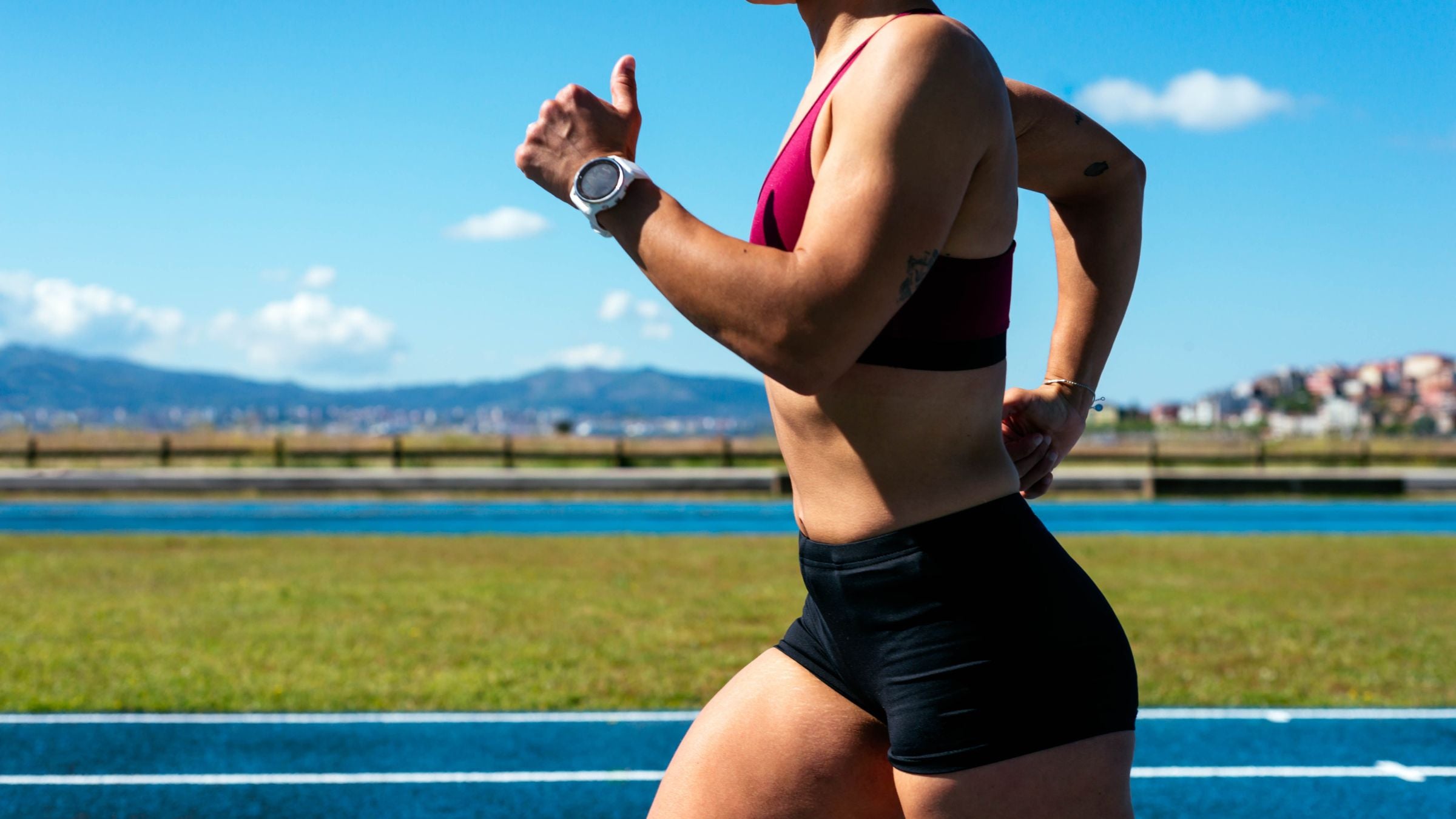I Keep Chafing On My Long Runs. How Do I Stop It?

(Photo: Getty Images)
A solid endurance run can easily go sour—and the reason has nothing to do with your athletic performance. Almost every runner or triathlete has experienced chafing at least once, causing pain and discomfort under the armpits, beneath a sports bra, or behind the straps.
According to dermatologist Dr. Carmen Castilla, MD, chafing occurs when there is repetitive friction from skin on skin, or skin rubs against fabric for a prolonged period. There is a limit to the amount of friction skin can withstand before superficial breakdown occurs. When skin breaks down from friction, it is a superficial injury considered as chafing.
Chafing can happen anywhere you have skin, but in runners, it typically occurs on the inner thighs, chest/nipples, armpits, buttocks, and feet. Symptoms can be mild to severe and may include:
- A red rash, bumps, or blisters
- A hot or stinging sensation
- Itchiness
- Tenderness
- Dry skin
- Bleeding
The longer a run is, the greater your risk of experiencing chafing. But that doesn’t mean it’s inevitable. Identifying the cause of chafing on the run can help you take the steps needed to prevent it from happening.
Why you’re chafing when running (and how to stop it)
Ill-Fitting clothing
When your clothing is too tight during a workout, it may rub against your skin and cause irritation. Consider shorts rubbing up against your thigh, nipples against a shirt or sports bra, shoes against your heels, or arms against your flanks as you run or bike.
“To prevent chafing you need to reduce friction,” says Dr. Castilla. “Ensure your clothes fit properly, and be sure to try them out before race day.”
Try swapping out loose split shorts for a form-fitting pair to alleviate inner-thigh chafing, or get a proper bra fitting before your next sports bra purchase to ensure you’re getting the correct size.
RELATED: What to Wear for Running in the Cold, the Heat, and Everything in Between
Skin on skin
Thighs rubbing up against each other in a repetitive running motion may cause a flare-up. “Thigh chafing is an irritation that often presents as red, blister-like lesions that might burn, sting or in general feel uncomfortable,” explains dermatologist Dr. Mraz Robinson, BAS, MD.
Dr. Castilla recommends lubricating your skin with a body lubricant stick such as Megababe Thigh Rescue or Vaseline All-Over Body Balm Stick. Apply to high-risk chafing areas, including between the thighs or on the edges of your sports bra. After applying the lubricant, don’t rub it in – the product works by forming a protective layer on the skin.
Warmer weather
The more you sweat, the easier it is for your skin to chafe. “Moisture weakens the skin barrier, thereby making chafing easier to occur,” Dr. Castilla explains. “The combination of repetitive movements and being hot and sweaty or slightly damp from swimming are major inciting factors for chafing.”
To minimize moisture on your skin, use sweat-wicking clothing. The material will draw sweat from the inner to the outer layer and help sweat evaporate quicker and easier. Not to mention, it’ll keep you cooler while you’re running or biking. Avoid cotton, which can absorb moisture and stick to your skin, increasing the potential for chafing.
Keeping your skin dry can also help. Dr. Robinson recommends using Arm & Hammer Invisible Spray Body Powder before a workout.
Raised seams
Elevated seams on your tri kit can easily cause a chafing rash. Instead, utilize clothing with no seams or flat seams to reduce friction. “Seams in general tend to be at high-friction points, so ensuring they lay flat against your skin minimizes friction,” says Dr. Castilla. “A raised seam is just an extra pressure point.”
When to see a doctor
Mild chafing will typically heal on its own. Clean the area with a gentle soap after your run, then let the area air-dry. Apply a thin layer of aloe vera or petrolatum jelly (like Vaseline) to prevent further irritation. You may need to take a day or two off running to let the area heal.
If the skin repeatedly chafes and open sores develop, they might become infected, which can lead to scarring. Dr. Robinson says that if your skin is not recovering and the irritation is worsening, you should see your dermatologist. Chafing can turn into intertrigo, a kind of dermatitis that can cause an oozing rash and can lead to yeast or bacterial infections. A doctor can help identify and treat the condition to help keep you running strong.